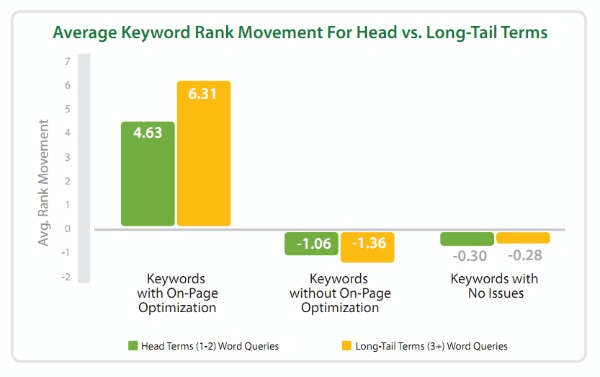Optimize your onsite SEO
1. Optimize your onsite SEO

In today’s fast-paced environment, any blogger worth their salt should at least have a basic understanding of how to optimize a blog post for SEO.
Before you even begin to write a new blog post, do some basic keyword research to adhere to smart blog SEO strategies and figure out which keywords you should be targeting. You can do this by taking advantage of any number of keyword research tools out there, including Ahrefs, SEMRush, Twinword Ideas and Google Keyword Planner.
From there, it’s just a matter of adhering to best practices for SEO optimization and making sure to include your keywords in your blog headlines, your URLs, image file names and so on.
Need Catchy Blog Title Ideas?
Try my free AI-Powered Blog Title Generator Tool to get dozens of SEO-friendly headline ideas to make your blog posts stand out today.
While there’s certainly a lot more you can dive into with SEO, having the basics down will make it a lot easier for you to rank your content on Google.

To help you out, make sure to check out Yoast SEO if you’re running a WordPress blog.
It’s one of the most useful WordPress plugins that helps you to optimize the SEO of an individual blog post by testing your page for you and giving suggestions on how you can improve your onsite SEO—helping to grow your blog in a meaningful way.
2. Target long-tail keywords

One way to increase your Domain Authority and start generating more organic search traffic to your blog, is to focus on long-tail keywords, especially if you’re just starting out.
While those short keyword phrases may look bright and shiny with their promise of hundreds of thousands of monthly searches, don’t be fooled by pursuing those straight out the gate. I can guarantee you that thousands, if not millions, of other blogs are attempting to rank for the same keywords—and a good chunk of them probably have a much higher domain authority than your blog.
Here’s an example to illustrate the difference between high volume keyword phrases and long-tail ones:
- High-volume keyword phrase: email marketing
- Long-tail keyword phrase: email marketing for food bloggers or email marketing for startups
Instead of chasing after the most competitive search terms, shift your focus to long-tail keywords that are more niche-specific… so instead of writing a review of free blogging sites or writing a range of Bluehost reviews (with a lot of competition), you could instead start by targeting more niche search terms like “free portfolio sites for photographers” if a segment of your audience includes photographers.
These are keywords, or phrases, that generally have three or more words. While long-tail keywords have a lower search volume, they more than adequately make up for it in the ROI they can bring you in your efforts to grow your blog.
For even more specifics on how to nail your blog’s SEO and choose smart keyword phrases, tune into these episodes on my podcast:
- Backlinko’s Brian Dean on the State of SEO This Year and How to Generate 3 Million Blog Readers
- Tim Soulo on Going from Blogger to Ahrefs CMO (and What it Takes to Create Top-Ranking Content)
3. Know where your audience spends time online

Let’s take a moment to think about the best places for you to promote your content (and thus grow your blog).
A common mistake I see with new bloggers is adopting a “spray-and-pray” approach when it comes to their social promotion. Promoting their new blog posts on every social media platform that they can think of. This kind of approach is highly ineffective—both in the fact that it’s a huge waste of your time and resources, and that you’ll probably only end up with a disappointing ROI at best.
Put yourself in your audience’s shoes.
Think about what sites they like to visit, what kind of forums they might participate in and which social media platforms they’re most likely to use. For example, if you have a very business-oriented blog, then LinkedIn might be your best bet—whereas if you have a mom blog, then Pinterest is probably the platform for you.
Don’t waste your time sharing content with an audience that doesn’t care. Instead, make it easier for your target audience to find you, by figuring out how to get your content directly in front of them.

Comments
Post a Comment